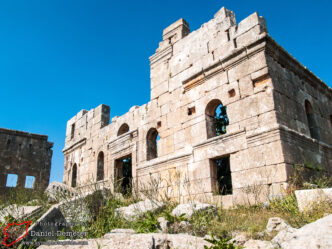
Deir Samaan دير سمعان
Deir Samaan (دير سمعان) is one of the most noteworthy Byzantine sites in the region, but is surprisingly overlooked by many visiting …

Deir Samaan (دير سمعان) is one of the most noteworthy Byzantine sites in the region, but is surprisingly overlooked by many visiting …
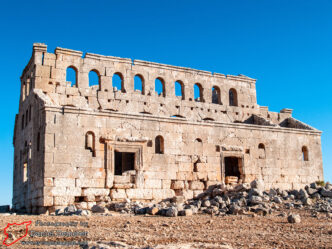
The Byzantine church at al-Mushabak (المشبك) was described by archaeologist Howard Crosby Butler as “one of the most perfectly preserved of all …
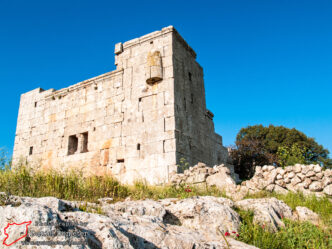
Sheikh Suleiman (شيخ سليمان) is one of the more impressive the Byzantine-era sites in the western countryside of Aleppo (حلب). Located in …
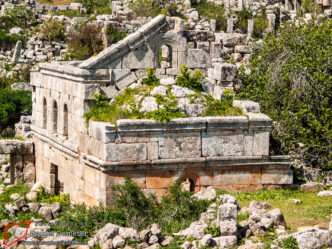
Sinkhar (سنخار) was a fairly extensive Byzantine settlement in the southeastern reaches of Jebel Samaan (جبل سمعان). While the state of preservation …

Serqaniya (سرقانيا) is a moderately sized Byzantine-era settlement that features the remains of two churches and several villas and underground tombs. Situated …
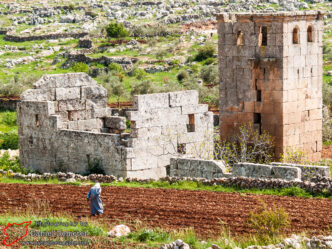
Banastur (بنستور) is a Byzantine-era site on the eastern edge of Jebel Samaan (جبل سمعان). This small settlement has only a few …
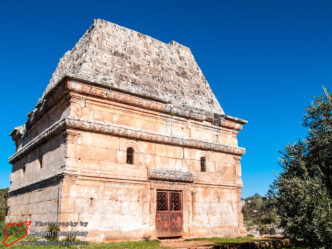
al-Bara (البارة) is the site of an extensive Byzantine-era settlement, perhaps the largest in the limestone massif, and should be included on …
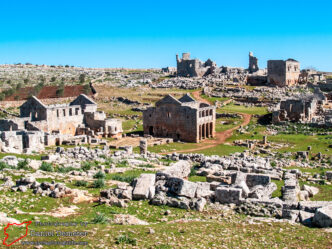
Perhaps the most well preserved of Byzantine-era sites in the limestone massif, Serjilla (سرجلا) should be included on any itinerary to the region. Nowhere …
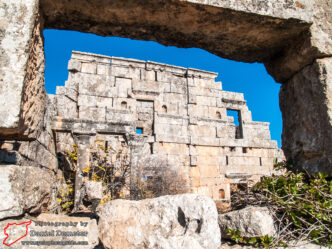
Shinshirah (شنشراح), also known as Khirbet Has (خربة حاس), is one the largest Byzantine settlements in the limestone massif. With the remains of …
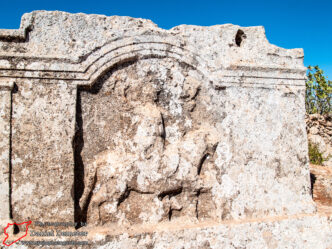
Rabiaa (ربيعة) is a minor site of mostly Byzantine-era remains located between the more substantial sites of Serjilla (سرجلا) and Shinshirah (شنشراح) in the southern …